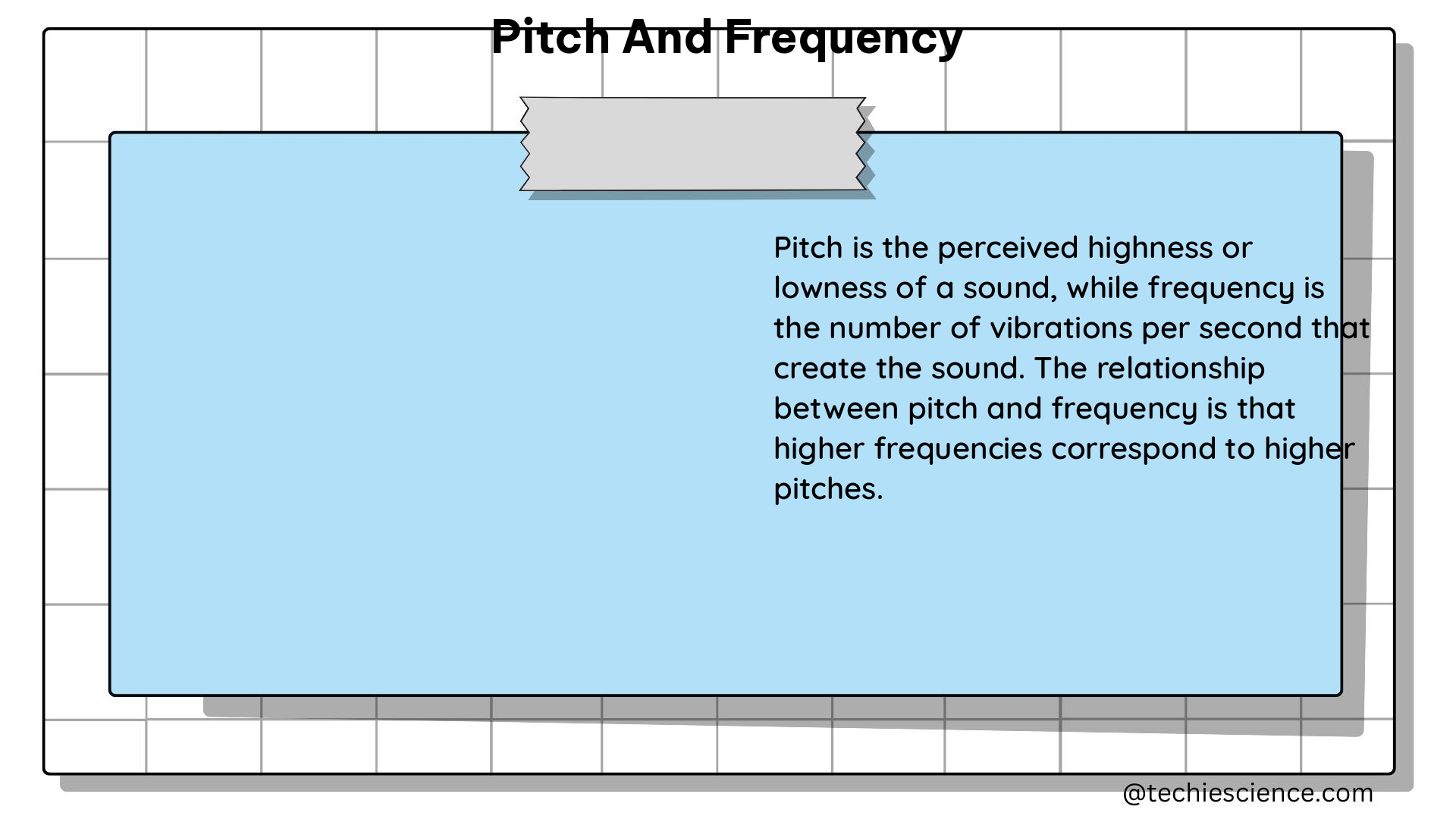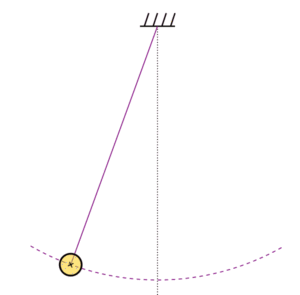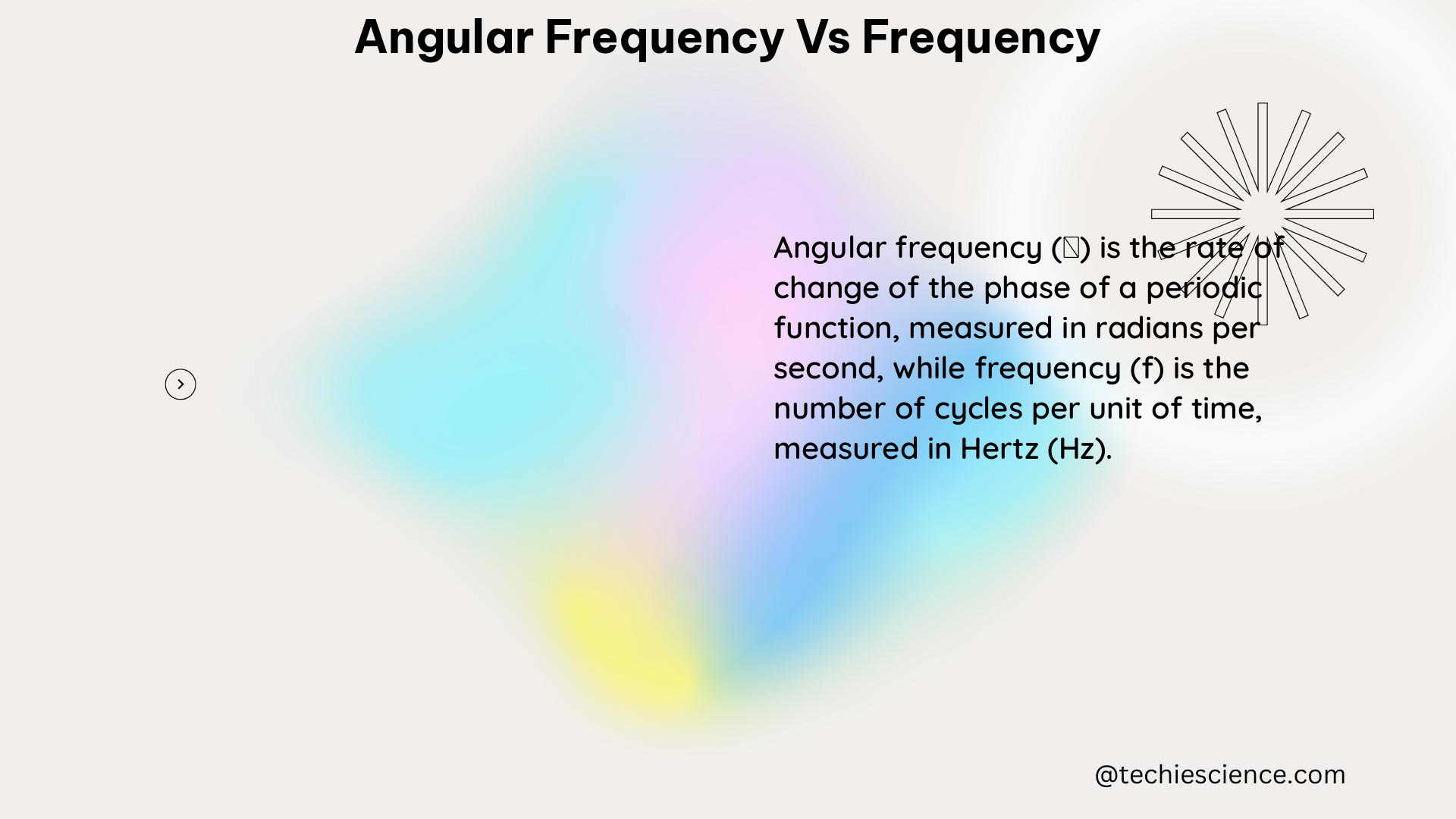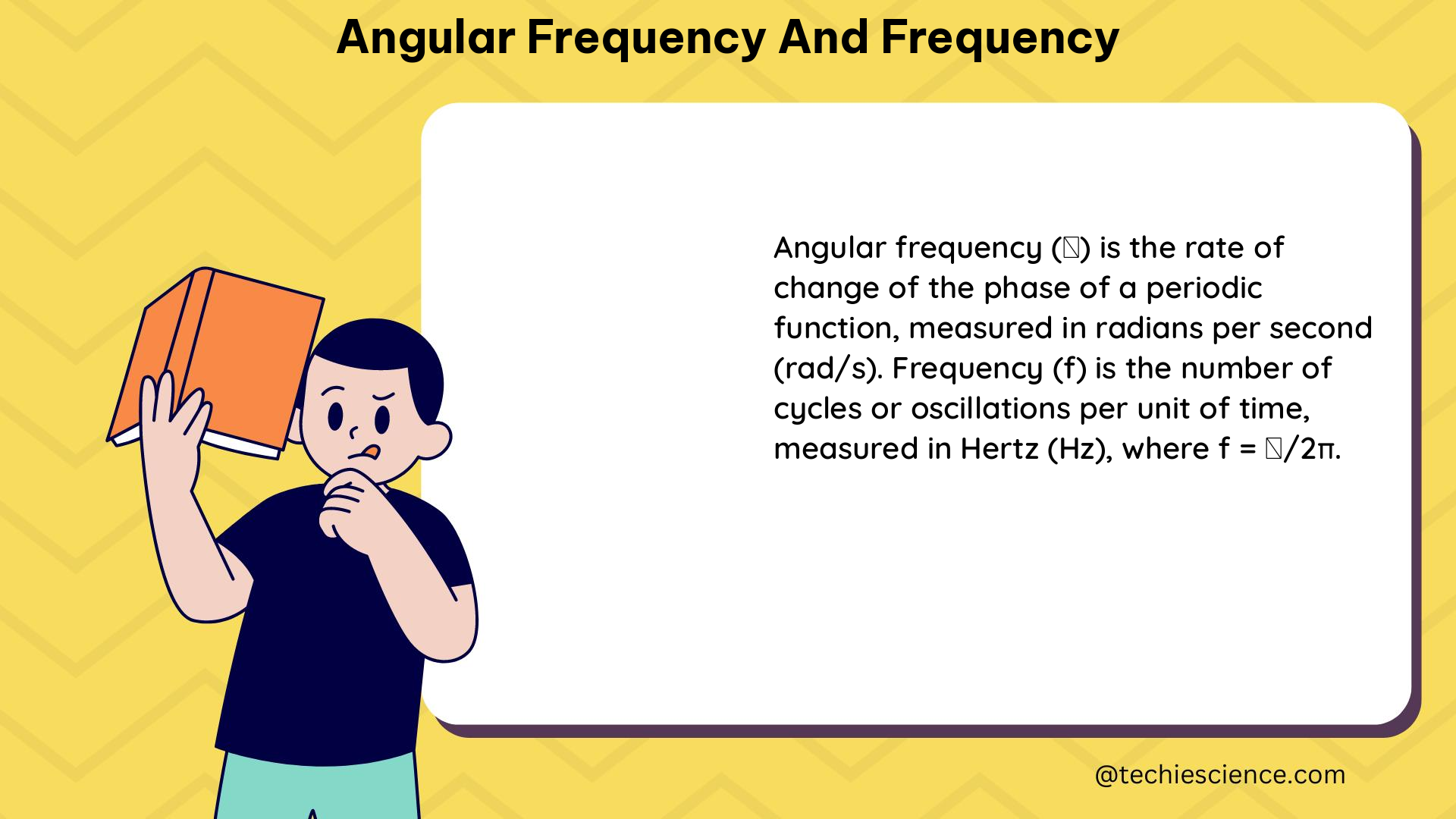Amplitude and frequency are two fundamental properties of waves, and understanding their relationship is crucial in various fields of physics, engineering, and beyond. This comprehensive guide delves into the intricate details of how amplitude and frequency interact, providing a thorough exploration of the underlying principles, theoretical explanations, and practical applications.
Understanding Amplitude and Frequency
Amplitude refers to the maximum displacement of a wave from its equilibrium position, while frequency represents the number of oscillations or cycles per unit of time. These two properties are independent, meaning that changing the frequency of a wave does not inherently affect its amplitude, and vice versa.
The relationship between amplitude and frequency is described by the wave equation, which shows that they are multiplicative factors in the expression for a wave’s energy. Specifically, the energy of a wave is proportional to the square of both its amplitude and frequency. This means that altering the frequency of a wave while keeping its amplitude constant will result in a change in the wave’s energy, but not in its amplitude.
Theoretical Explanations
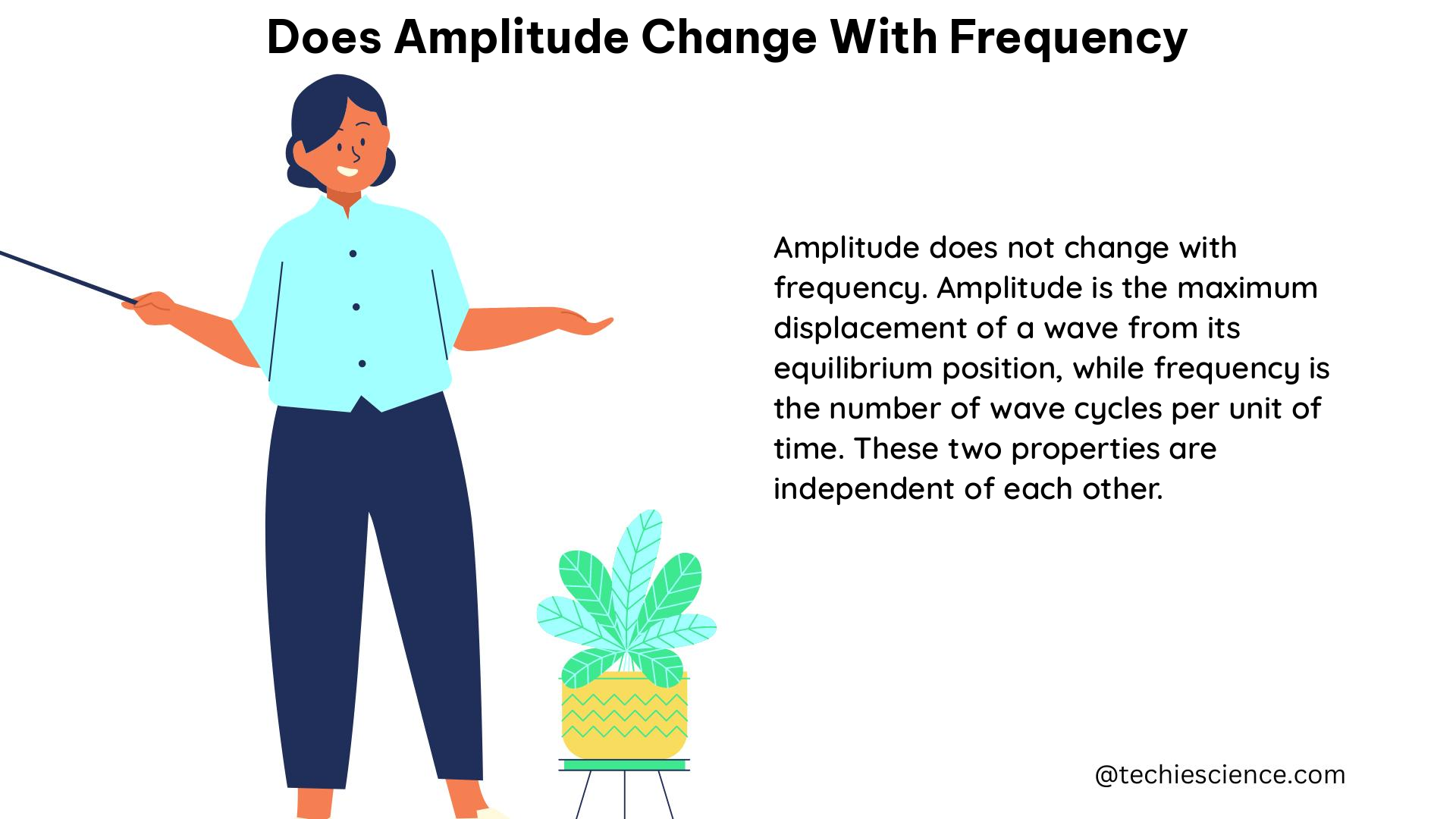
The independence of amplitude and frequency can be understood through various theoretical explanations, including the analogy of a spring-mass system. When a spring is stretched or compressed and then released, it oscillates up and down with a certain amplitude and frequency, which are determined by the spring constant and the mass of the attached object. Increasing the frequency of the oscillations by changing the mass or spring constant does not affect the amplitude, unless there are other constraints or forces acting on the system.
Similarly, in the case of waves, the amplitude and frequency are determined by the properties of the medium and the source of the wave, and they can vary independently of each other, as long as there are no additional constraints or interactions. For example, in the case of electromagnetic waves, the amplitude corresponds to the electric field strength, while the frequency is determined by the wave’s wavelength and the speed of light. By changing the frequency of the wave, we can tune into different radio stations or observe different spectral lines in astronomical observations, without affecting the amplitude of the wave.
Exceptions and Constraints
While the general principle states that amplitude and frequency are independent properties, there are some cases where they can be related due to external factors or constraints. For instance, in the case of a string instrument, the amplitude and frequency of the sound waves produced by the instrument are related to the tension, mass, and length of the strings, as well as the force and duration of the pluck or strike. By changing the tension or the length of the strings, we can alter the frequency of the sound waves, but this will also affect the amplitude, due to the changes in the string’s vibrational properties.
Practical Applications and Implications
The independence of amplitude and frequency has important implications in various fields, such as:
-
Physics: The principle of the independence of amplitude and frequency is a fundamental concept in wave physics, with applications in areas like optics, acoustics, and electromagnetism.
-
Engineering: Understanding the relationship between amplitude and frequency is crucial in the design and analysis of various systems, such as communication systems, signal processing, and vibration analysis.
-
Music and Acoustics: The independence of amplitude and frequency is a key principle in the production and perception of musical sounds, as it allows for the independent control of volume and pitch.
-
Astronomy and Spectroscopy: The ability to change the frequency of electromagnetic waves without affecting their amplitude is essential for techniques like spectroscopy, which is used to study the composition of celestial objects.
Numerical Examples and Calculations
To further illustrate the independence of amplitude and frequency, let’s consider a few numerical examples and calculations:
-
Electromagnetic Waves: Suppose we have an electromagnetic wave with a frequency of 100 MHz and an amplitude of 10 V/m. If we increase the frequency to 200 MHz, the amplitude will remain the same at 10 V/m, but the energy of the wave will increase by a factor of 4 (since the energy is proportional to the square of the frequency).
-
Vibrating String: Consider a guitar string with a length of 0.6 m, a mass of 0.005 kg, and a tension of 100 N. The frequency of the fundamental mode of vibration is given by the formula: $f = \frac{1}{2L}\sqrt{\frac{T}{m}}$, where $L$ is the length of the string, $T$ is the tension, and $m$ is the mass. If we increase the tension to 200 N, the frequency will increase by a factor of $\sqrt{2}$, but the amplitude of the vibration will also change due to the change in the string’s properties.
-
Sound Waves: Suppose we have a sound wave with a frequency of 1 kHz and an amplitude of 0.1 Pa. If we increase the frequency to 2 kHz, the amplitude will remain the same at 0.1 Pa, but the intensity of the sound wave (which is proportional to the square of the amplitude) will increase by a factor of 4.
These examples demonstrate the fundamental principle that amplitude and frequency are independent properties of waves, and that changing one does not inherently affect the other, unless there are external constraints or factors involved.
Conclusion
In summary, the amplitude and frequency of a wave are independent properties, meaning that changing the frequency of a wave does not affect its amplitude, and vice versa. This principle is supported by various theoretical explanations and experimental evidence, and it has important implications in numerous fields, such as physics, engineering, and music. While there are some cases where the amplitude and frequency can be related due to external factors or constraints, this is not a fundamental property of the wave itself.
References:
- How does amplitude affect frequency of a wave? – Physics Stack Exchange
- Relative Amplitude – an overview | ScienceDirect Topics
- Does amplitude increase with an increase in frequency? – CK-12
- Intensity – The Physics Hypertextbook
- Does an amplitude change result in a frequency change? – Gearspace
